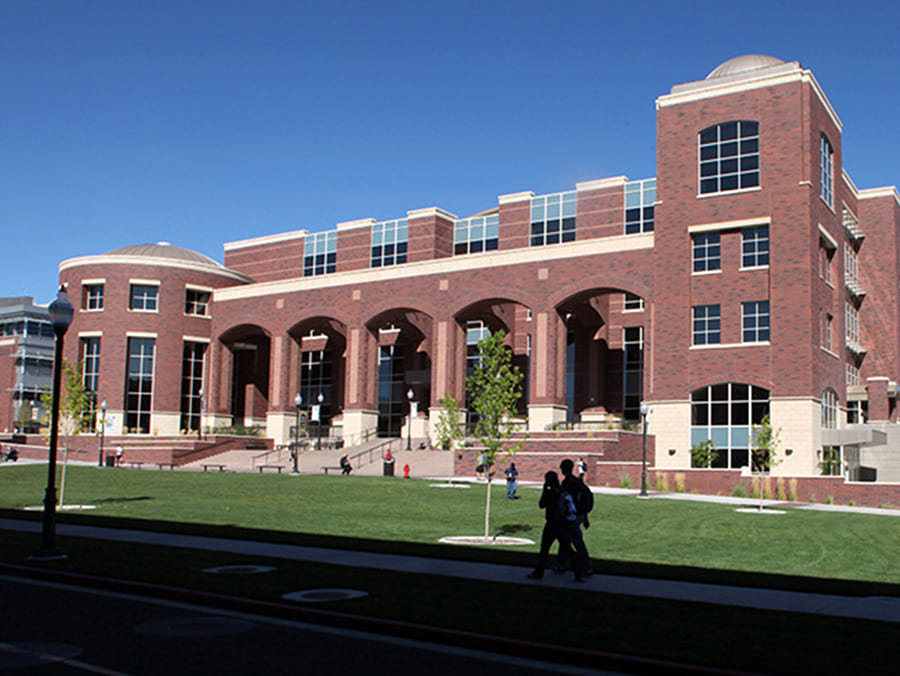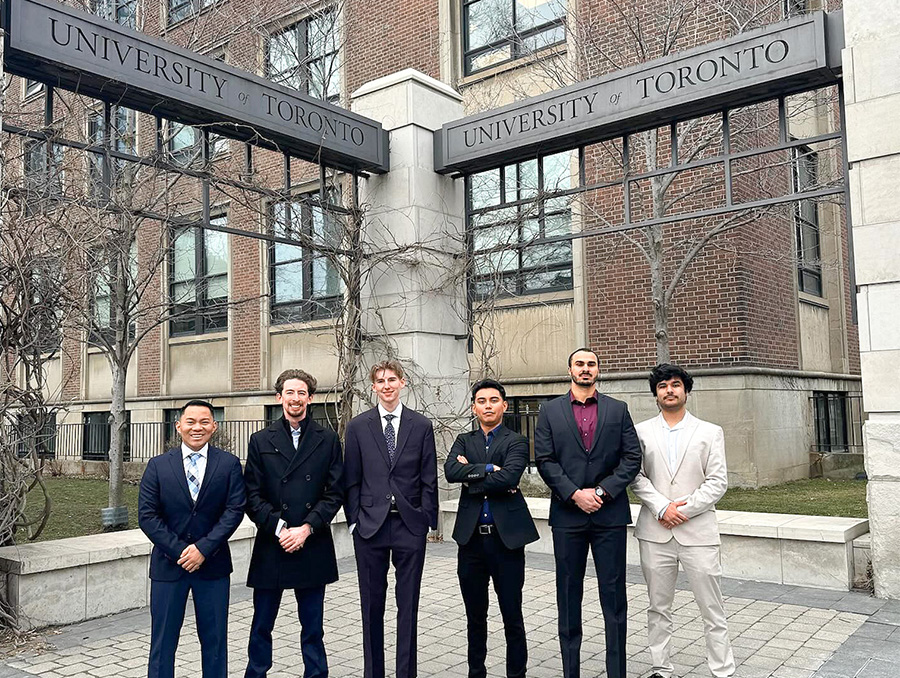The Technology Transfer Office, which serves the University of Nevada, Reno and DRI, helps bridge the gap between research and reality by bringing together early-stage technology and marketplace opportunities to create income for both institutions.
The TTO received a big boost in November with a $738,000 grant from the U.S. Department of Energy. The grant will enhance the ability of the University and the non-profit research campus DRI to commercialize innovative technologies and stimulate economic growth and diversification in Nevada.
“We have several early-stage technologies that should be attractive to business investment,” Dick Bjur, director of the TTO, said. “With this grant, our office will have more resources, such as additional staff, to better evaluate the commercial potential of early-stage technologies at both institutions, and to more effectively seek out business partners for commercializing many of our patented and patent-pending inventions.”
“This grant will augment our joint University/DRI technology transfer program and jump start a more effective collaboration with the College of Business, which will help evaluate the commercial potential of targeted technologies,” Bjur said. “After this evaluation, the Technology Transfer Office will court businesses and entrepreneurs throughout Nevada to turn dozens of potential products into commercially viable products through licensing agreements.”
One of the objectives of the TTO is to negotiate licenses from which the University and DRI will receive ongoing royalties. For example, the University received a $60,000 royalty check in December from its partnership with Optim, a Nevada-based geophysical software and data services company with offices in Reno and Las Vegas. Their technology is used to evaluate building sites for earthquake potential and to economically locate drilling sites for geothermal power production.
"University alums Bill Honjas and Satish Pullammanappallil founded Optim in 1997. They started the company based on technology they studied and invented as graduate students, creating software now used in the geotechnical and energy industry world wide. During 2002 they developed an additional earthquake hazard mitigation product using technology invented by University geophysics professor John Louie for which the royalties are now being paid. Louie, a longtime Nevada professor in the College of Sciences Nevada Seismological Laboratory and Department of Geological Sciences and Engineering chaired Honjas and Pullammanappallil's graduate committees.
Louie’s former students are now adjunct research assistant professors at the University and hire University students for work at Optim.
“The role of the University, and in particular TTO, cannot be understated in the founding and success of Optim and its resulting contributions toward economic diversification, high-level employment and revenues generated in Nevada,” Honjas said. “The Seismological Laboratory provided us with the environment, academic freedom and faculty to pursue our studies in computational geophysics.”
“Optim worked to produce a commercial software product and create the market for Dr. Louie’s technology,” Bjur said. “They have been very successful in advancing it and commercializing it; and the University shares in that success.
Another licensing agreement for the University that covers a patented process to remove arsenic and selenium from water shows considerable promise as well. The patent is one of many obtained by Mano Misra, professor in the Department of Chemical and Materials Engineering. EP Minerals, a northern Nevada company, has been actively developing and commercializing the arsenic removal technology licensed from the University. It improves the quality of drinking water and enables the treated water to meet the EPA’s maximum contaminant limit of 10 parts per billion of arsenic. The University will receive royalties generated from the sales of the EP Minerals product.
“Partnerships with private industry such as these not only benefit the University and DRI, they encourage economic growth and diversity,” Bjur said.













